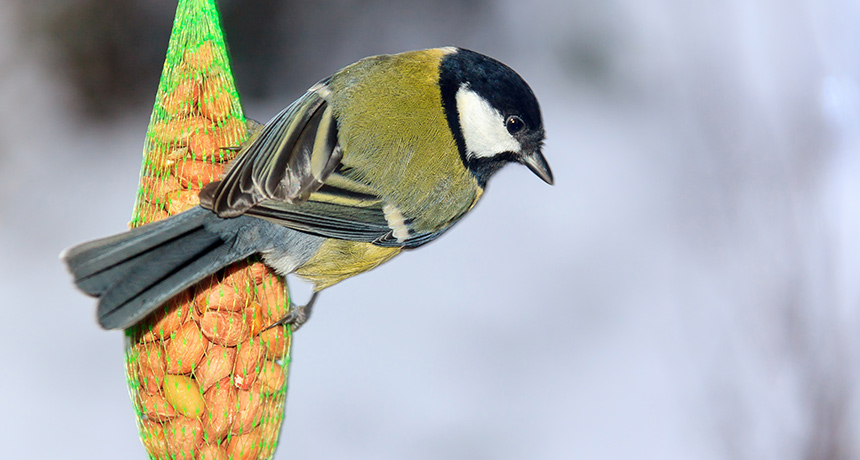How bird feeders may be changing great tits’ beaks
Songbirds living in the United Kingdom have evolved longer bills than related birds in the Netherlands

PINNOCHIO Great tits in the United Kingdom may be evolving longer beaks because of more available food, thanks to the extensive use of bird feeders in the country.
Dennis van de Water